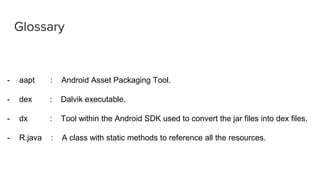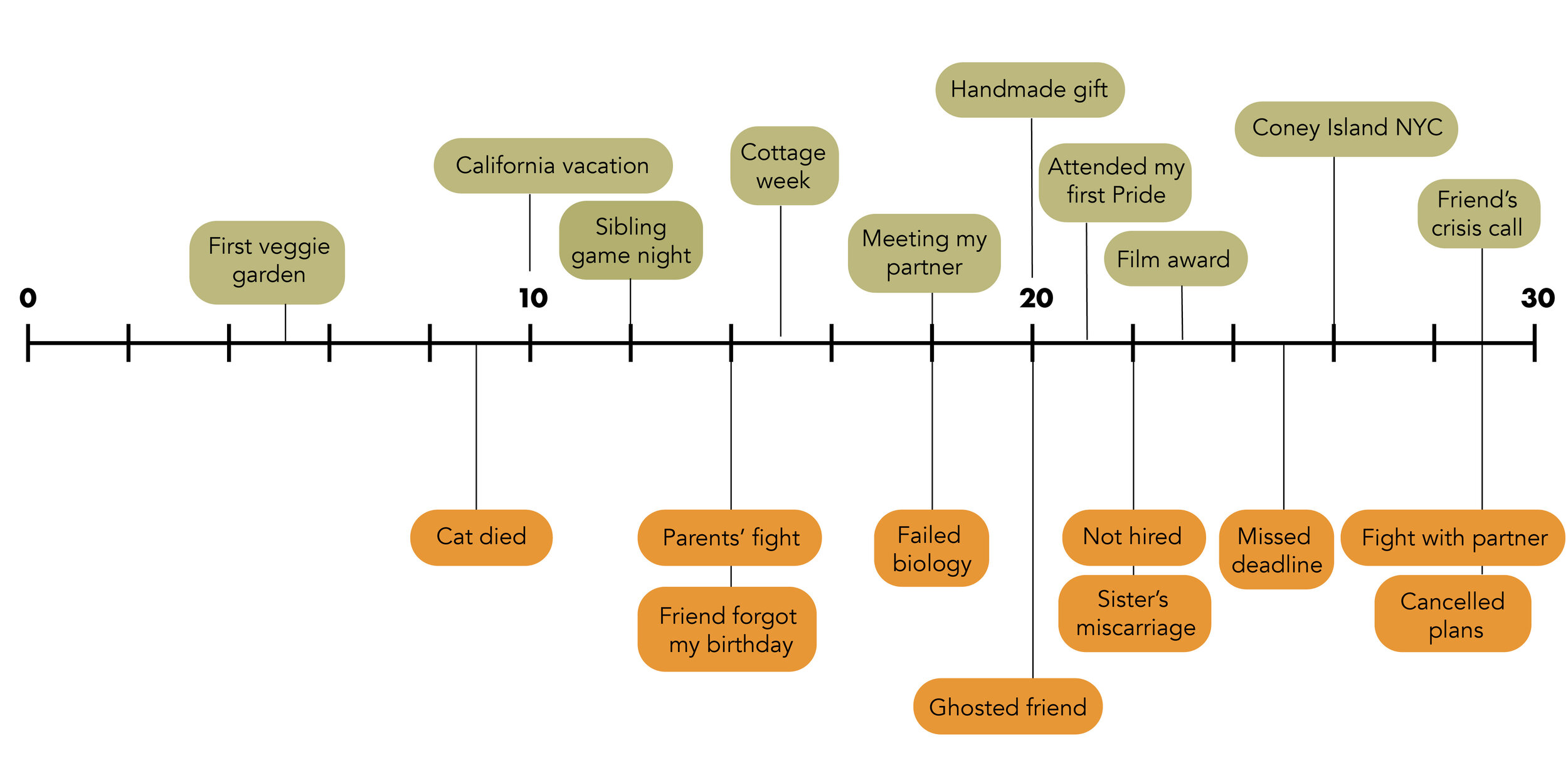Understanding Android's New Design Language

Table of Contents
Key Features of Material Design 3
Material Design 3 builds upon its predecessor, introducing several compelling features that enhance both the visual appeal and user experience of Android applications. These features contribute to a more personalized, consistent, and accessible experience for users. Key aspects of Material Design 3 include:
-
Dynamic Color: This groundbreaking feature analyzes the dominant colors from a user's wallpaper and applies them throughout the system UI, creating a personalized and cohesive look. This extends to app icons and other elements, resulting in a truly unique experience tailored to each user's preferences. The algorithm intelligently selects colors that maintain sufficient contrast for readability and accessibility.
-
Themed Icons: Material Design 3 introduces adaptive iconography, which means icons dynamically adjust their appearance to match the overall system theme. This contributes to a harmonious and consistent visual language across the entire Android ecosystem. Developers can easily create themed icons using the updated Material Design 3 guidelines.
-
Updated Typography: Readability is paramount, and Material Design 3 delivers improvements to typography. Updated font styles and sizes create a more balanced and visually appealing hierarchy, making information easier to scan and digest. The new typography system ensures better readability across various screen sizes and resolutions.
-
Improved Motion: Refined animations and transitions are at the heart of Material Design 3. These subtle yet impactful improvements create a smoother and more intuitive user experience. The animations provide visual feedback, making interactions feel more responsive and engaging.
-
Enhanced Accessibility: Accessibility is a core tenet of Material Design 3. The design system incorporates features to improve usability for users with disabilities. This includes improved contrast ratios, larger touch targets, and customizable font sizes, ensuring inclusivity for a wider range of users.
Implementing Material Design 3 in Your Android Apps
Integrating Material Design 3 into your Android applications is straightforward, thanks to the readily available tools and resources. Here's a step-by-step guide to help you get started:
-
Using Material Components: The Material Components library in Android Studio provides pre-built UI elements that adhere to the Material Design 3 guidelines. This simplifies the development process and ensures consistency across your app. This library provides ready-to-use components like buttons, text fields, and more, all styled according to the latest design standards.
-
Theme Customization: You can easily customize themes and colors to create a unique brand identity while still maintaining the core principles of Material Design 3. The system allows for extensive theme customization, letting developers tailor the look and feel to match their app's branding.
-
Best Practices: Following best practices, such as using appropriate spacing, consistent typography, and clear visual hierarchy, is crucial for a successful implementation. Google provides detailed guidelines and best practices to ensure your app adheres to the standards.
-
Resources and Documentation: Google offers comprehensive documentation and resources to assist developers throughout the implementation process. Refer to the official Material Design 3 guidelines for detailed information and examples. These resources are frequently updated to reflect the latest changes and improvements.
Benefits of Adopting Material Design 3
Adopting Material Design 3 offers numerous advantages, benefiting both developers and users:
-
Enhanced User Experience: Material Design 3's intuitive design principles lead to a more enjoyable and intuitive user experience. The improvements in navigation, visual hierarchy, and accessibility make the app more user-friendly.
-
Improved Brand Consistency: A consistent design language strengthens brand recognition and builds user trust. Material Design 3 provides a framework for creating visually cohesive and professional apps.
-
Modernized App Appearance: The updated design language gives apps a fresh and modern look and feel, enhancing their appeal to users. Modernizing your app's design can increase user engagement and attract new users.
-
Increased User Engagement: A visually appealing and intuitive app is more likely to keep users engaged. Material Design 3 contributes to a more enjoyable and user-friendly experience, ultimately leading to increased engagement.
Conclusion
Material Design 3 represents a significant leap forward in Android's design language, offering a robust and visually stunning framework for creating modern and user-friendly applications. Understanding and implementing this new design language is crucial for developers seeking to build high-quality, engaging Android apps. By incorporating its key features like dynamic color, themed icons, and updated typography, you can enhance user experience, improve brand consistency, and modernize your app's appearance. Learn more about understanding Android's new design language and start incorporating Material Design 3 into your projects today! Embrace the future of Android app development by adopting this innovative design language and provide your users with a superior experience.

Featured Posts
-
 Menendez Brothers Resentencing Judges Ruling Opens Door
May 16, 2025
Menendez Brothers Resentencing Judges Ruling Opens Door
May 16, 2025 -
 Pelvic Contusion Sidelines Jimmy Butler Impact On Miami Heats Season
May 16, 2025
Pelvic Contusion Sidelines Jimmy Butler Impact On Miami Heats Season
May 16, 2025 -
 Gurriels Pinch Hit Rbi Single Delivers Padres 1 0 Victory Over Braves
May 16, 2025
Gurriels Pinch Hit Rbi Single Delivers Padres 1 0 Victory Over Braves
May 16, 2025 -
 Dissecting Androids Updated Visual Identity
May 16, 2025
Dissecting Androids Updated Visual Identity
May 16, 2025 -
 Tom Cruises Relationships A Timeline Of His Personal Life
May 16, 2025
Tom Cruises Relationships A Timeline Of His Personal Life
May 16, 2025
Latest Posts
-
 Cubs At Padres Spring Training Game Preview Mesa March 4th 2 05 Ct
May 16, 2025
Cubs At Padres Spring Training Game Preview Mesa March 4th 2 05 Ct
May 16, 2025 -
 March 4th Spring Training Baseball Cubs Vs Padres In Mesa Game Preview
May 16, 2025
March 4th Spring Training Baseball Cubs Vs Padres In Mesa Game Preview
May 16, 2025 -
 Cubs Vs Padres Mesa Spring Training Game Preview March 4th
May 16, 2025
Cubs Vs Padres Mesa Spring Training Game Preview March 4th
May 16, 2025 -
 San Diego Padres News Jackson Merrill Returns Luis Campusano Optioned
May 16, 2025
San Diego Padres News Jackson Merrill Returns Luis Campusano Optioned
May 16, 2025 -
 Padres Lineup Update Merrills Return Campusanos Demotion
May 16, 2025
Padres Lineup Update Merrills Return Campusanos Demotion
May 16, 2025
